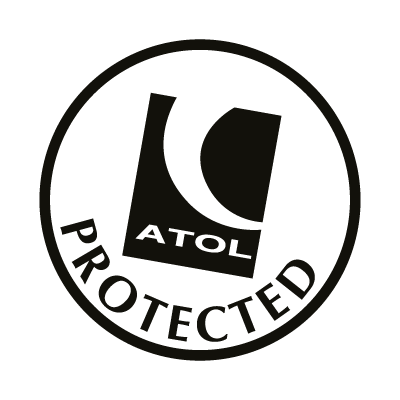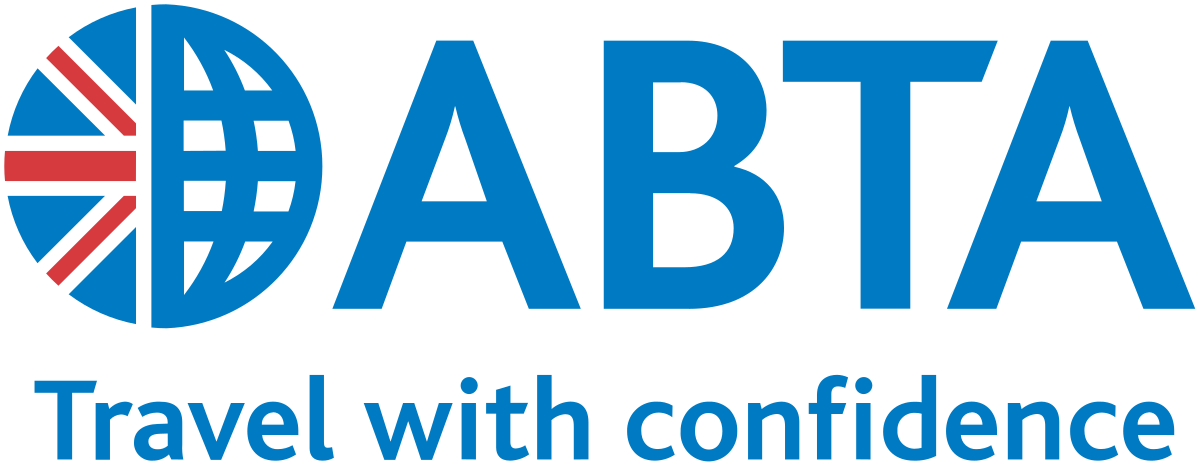Transport is an important factor in travelling, especially if you’re looking to make the most of your trip abroad, so for a more cost effective way to travel we recommend using the Japan Rail Pass to experience the beautiful and wonderful regions!
What is the Japan Rail Pass?
The Japan Rail Pass (also commonly known as the JR Pass) is a budget friendly way too see more of Japan. It offers unlimited rides on specific JR trains for one, two or three weeks at a more affordable price than typical rail journeys in the country.
Where can I visit with a JR Pass?
There are over 4,800 stations available with the pass covering almost the entire span of Japan (aside from the far north). Don’t worry, we’re not going to name them all! However key destinations worth disembarking at are: Ichinoseki, Yamagata, Fukushima, Tokyo, Omiya, Itoigawa, Toyama, Hiroshima, Kurume and Sendai.
How to use the trains in Japan
Travelling by rail is a little different compared to how we do it in the UK, however they’re easy enough to navigate once you get used to them. Here we’ve highlighted the key ‘must-knows’ for your trip.
Train categories
· Local (kakueki-teisha or futsu-densha): Stops at every station.
· Rapid (Kaisoku): Skips some stations.
· Express (Kyuko): Stop at even fewer stations than rapid trains.
· Limited Express (tokkyu): Only stop at major stations. Depending on the railway company, a limited express fee has to be paid in addition to the base fare in order to ride a limited express. It’s typically between 500 to 4000 yen depending on how far you’re planning to travel.
· Super Express (shinkansen): Operated only by JR and use separate tracks and platforms. Tickets usually cost between 800 to 8000 yen depending on where you’re going.
There is a choice of two classes onboard: ordinary and green (first class). Both can either be non-reserved or reserved. On most local, rapid, and express trains all seats are non-reserved, however reservations can be made and cost between 300 to 700 yen, but are free with the JR Pass.
The most important signs are written in Japanese and English, making it easier to know where you are and where you’re going. Once on your platform there will be marks on the floor where the arriving train doors will be located, and you’ll need to get in line to get on board. For longer journeys there will also be marks for the green car (first class).
Once you’re on the train, be careful not to block the door at stations, especially if it’s busy. Put backpacks on baggage shelves or on the floor next to your feet. Most passengers on trains are either reading, sleeping, or using their phones, however speaking on the phone is strictly forbidden. It’s also encouraged to be mindful of other passengers and keep the noise to a minimum. If you need to use the phone, you’re free to do so in the entrance sections of shinkansen and limited express trains.
Don’t worry about being able to know your stop, as most lines frequented by tourists make station announcements in English as well as Japanese
 Enquire Now
Enquire Now Enquire Now
Enquire Now








